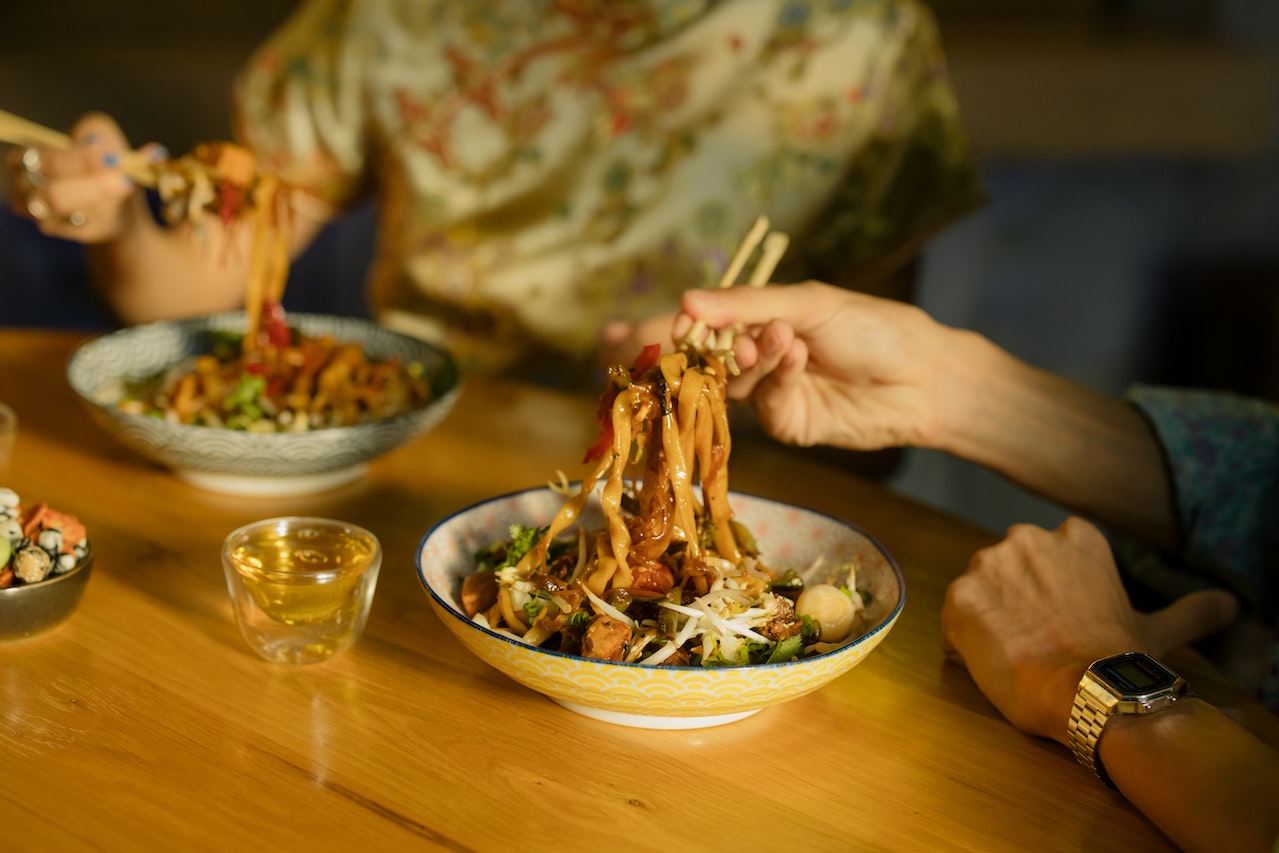Chinese chopsticks, with their elegant simplicity and cultural significance, have been an integral part of Chinese dining etiquette for centuries. These slender utensils, crafted from various materials, embody a rich history and reflect the traditions, customs, and values of Chinese society. In this article, we delve into the captivating history of the creation of Chinese chopsticks, exploring their origins, evolution, symbolism, and enduring relevance in modern times.
Origins and Early Development
The use of chopsticks can be traced back over 5,000 years in ancient China. While the exact origin remains debated, it is widely believed that chopsticks were first used for cooking purposes, particularly for retrieving food from boiling pots or open fires. The simplicity and efficiency of using two sticks evolved as a practical solution in a culture that valued resourcefulness and harmony with nature.
Evolution of Materials and Design
In their early days, chopsticks were primarily crafted from natural materials such as bamboo, wood, or bone. As Chinese civilization progressed, chopsticks began to be made from a wider range of materials, including jade, porcelain, ivory, and precious metals, reflecting the social status and wealth of individuals.
Symbolism and Cultural Significance
Chinese chopsticks hold symbolic importance in Chinese culture. They are more than just utensils; they embody values such as harmony, respect, and mindfulness. The act of using chopsticks is seen as a graceful and communal way of sharing a meal, fostering a sense of unity and social cohesion.
Chopsticks also carry cultural and spiritual connotations. In Chinese folklore, chopsticks are associated with luck and are believed to bring good fortune when used properly. They have also been used in ceremonial rituals and offerings, symbolizing the connection between the living and the deceased.
Etiquette and Traditions
The use of chopsticks in Chinese dining etiquette is steeped in tradition. Proper technique and etiquette are emphasized, reflecting the importance of respecting others and maintaining harmony at the dining table. It is customary to use chopsticks as a means of serving oneself and others, rather than as individual utensils for each dish. The act of offering food with chopsticks is seen as a gesture of generosity and care.
Regional Variations
Across different regions of China, variations in chopstick design and usage can be found. For instance, in the southern regions, longer and finer chopsticks are favored, while in northern areas, chopsticks tend to be shorter and thicker. These regional preferences are influenced by local cuisine, cultural practices, and personal preferences.
Chopsticks in Modern Times
In the modern era, Chinese chopsticks remain an integral part of Chinese dining culture, despite the availability of alternative utensils. They continue to be used in homes, restaurants, and street food stalls across China and in Chinese communities worldwide. Chinese chopsticks have also gained popularity globally, as people appreciate their aesthetic appeal, eco-friendly nature, and the unique experience they offer when enjoying Chinese cuisine.
Preserving a Time-Honored Tradition
Efforts are being made to preserve the tradition and craftsmanship associated with Chinese chopsticks. Skilled artisans continue to create intricately carved and beautifully decorated chopsticks, showcasing their artistry and craftsmanship. Cultural organizations and institutions are also actively promoting the understanding and appreciation of chopstick etiquette and the cultural significance they hold.
The history of Chinese chopsticks is a testament to the ingenuity, practicality, and cultural values that have shaped Chinese civilization for millennia. From their humble origins as cooking implements to their symbolic and cultural significance, chopsticks have transcended their practical function and become a cherished part of Chinese identity. Today, as we use chopsticks to savor delicious Chinese cuisine, we connect with a rich heritage that continues to inspire and captivate.
